Meet the Rare and Fabulous Felines of 'Super Cats' (Photos)
Canada lynx
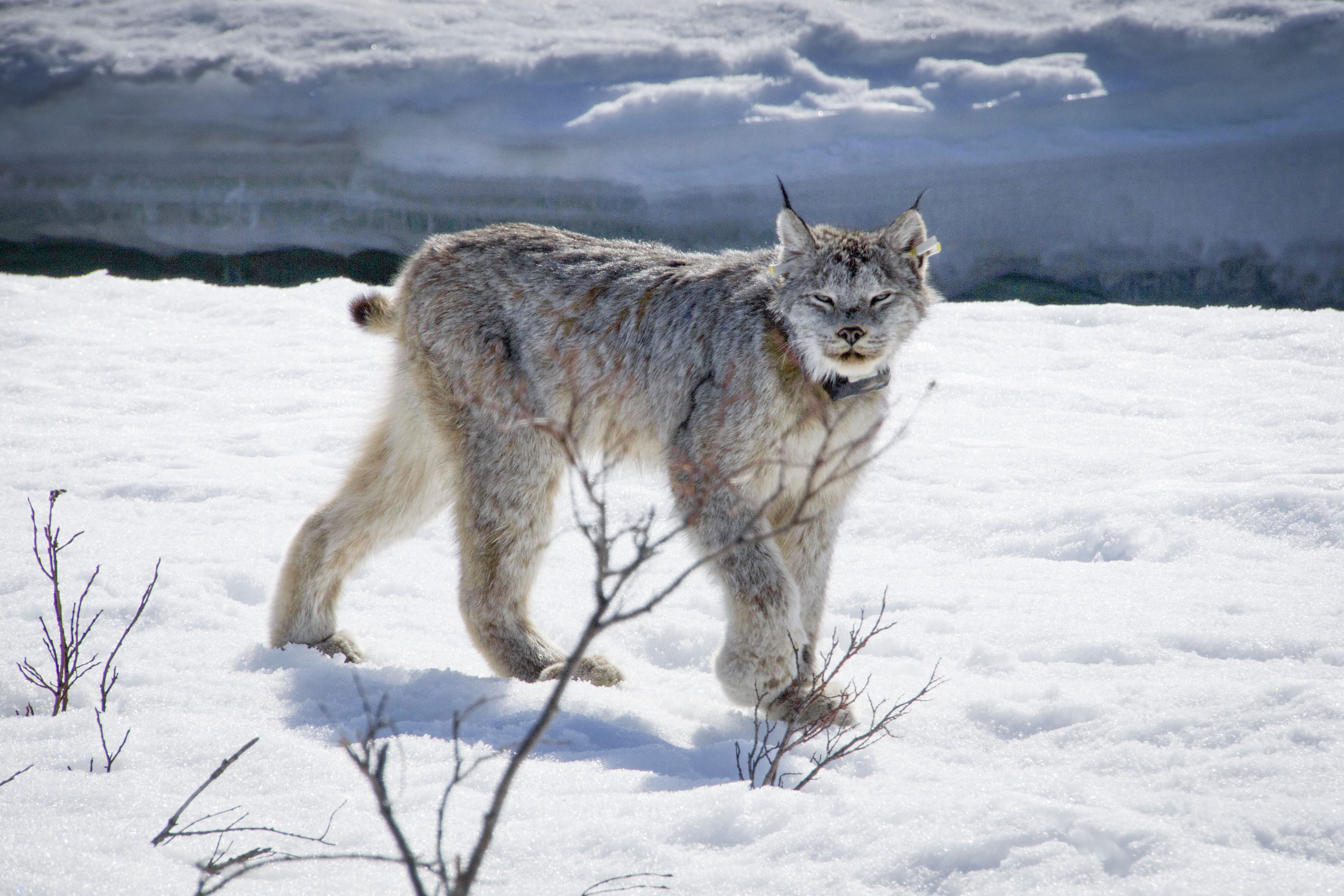
With spectacular images, the PBS Nature miniseries "Super Cats" showcases the beauty and diversity of wild cats around the world.
Canada lynx (Lynx canadensis) are the most northerly cats — a record they share with their Eurasian cousins. Thick fur and huge snowshoe-like feet help them deal with arctic conditions and keep up with their equally specialist prey. Learn more at PBS Nature's "Super Cats" website.
Lion
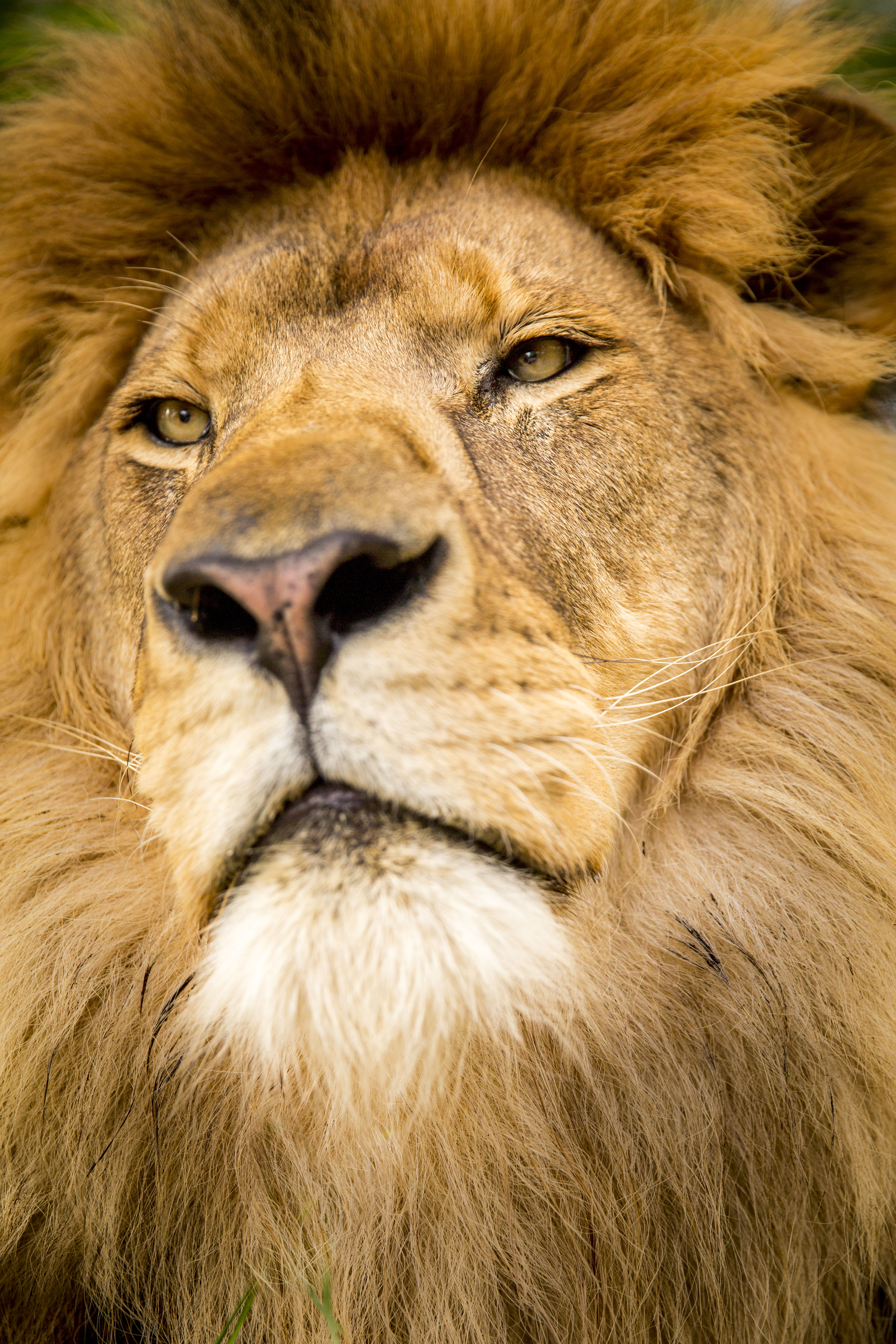
Lions (Panthera leo) are the only cat to live in groups. In numbers they find the strength and audacity to hunt the most formidable prey.
Leopard
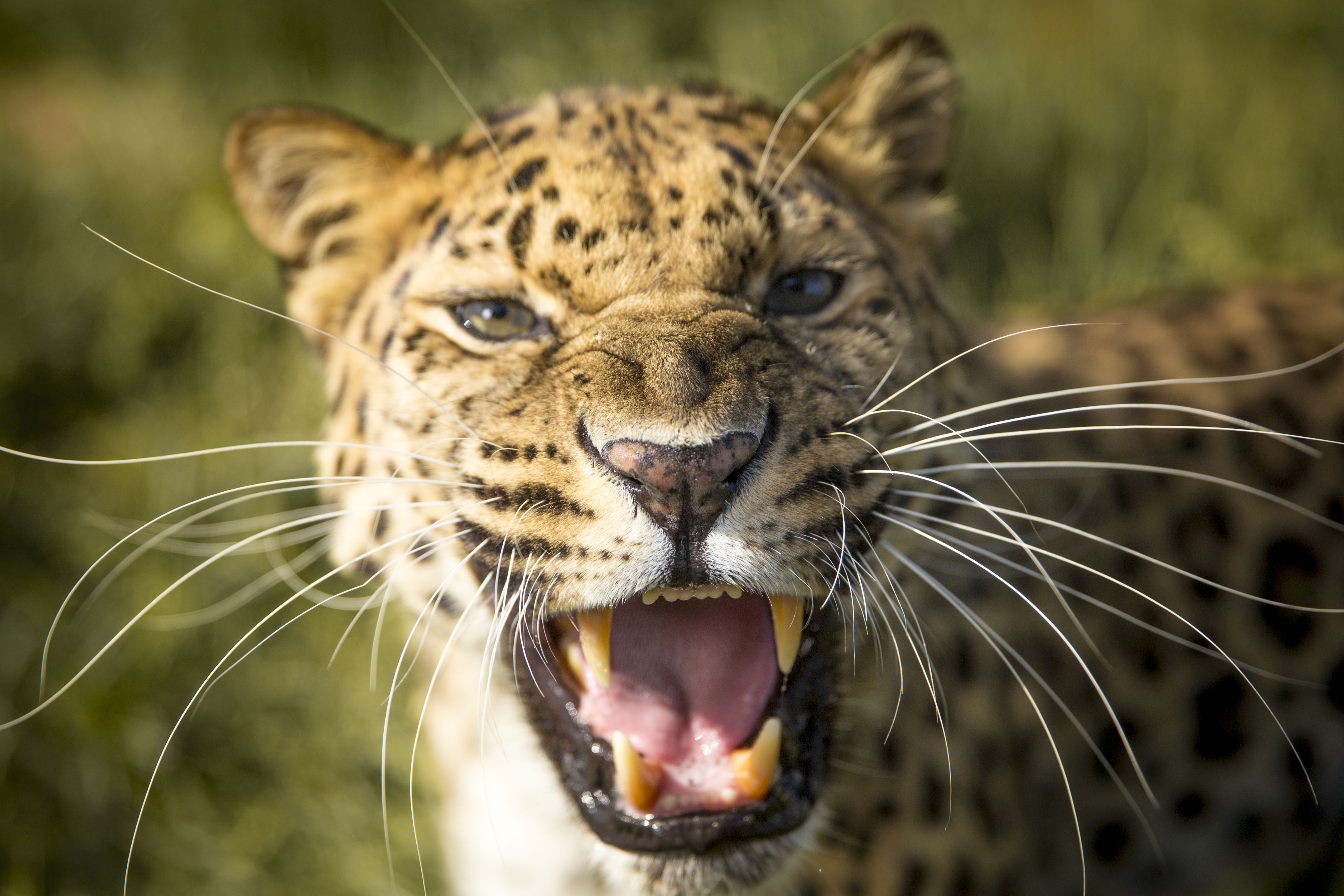
From the deserts of Southern Africa, to the Boreal forests of Russia to the bustling suburbs of Mumbai in India, leopards (Panthera pardus) thrive in more environments than any other wild cat.
Cheetah

A cheetah (Acinonyx jubatus), Namibia. Cheetahs are not just the fastest cats but the fastest animals on land, too. The latest research is beginning to reveal that it is their extraordinary maneuverability that really gives them their killer edge.
Caracal
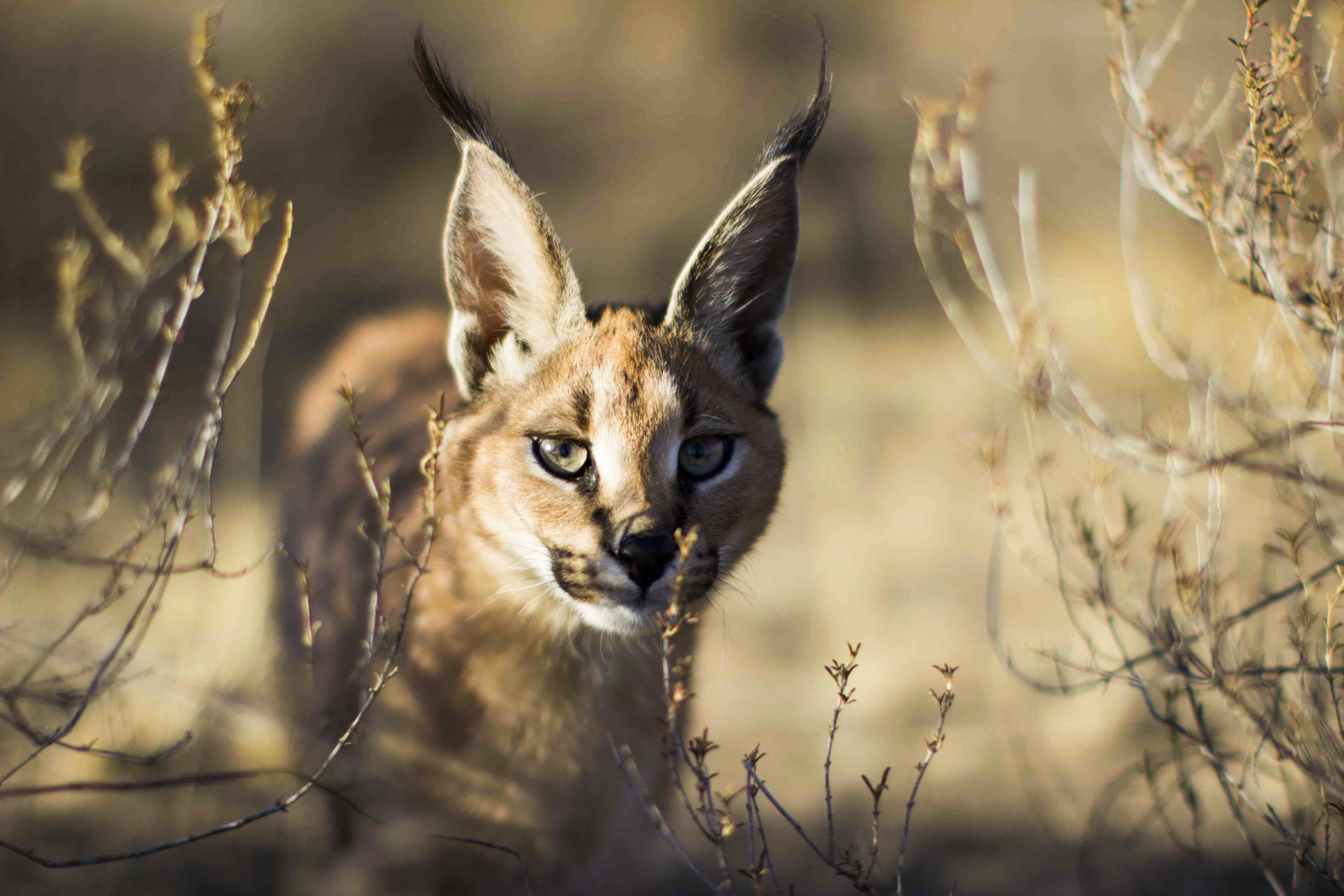
A caracal (Caracal caracal) in Namibia. Their long powerful legs enable them to leap as high as 10 feet and hunt birds on the wing.
Ocelot
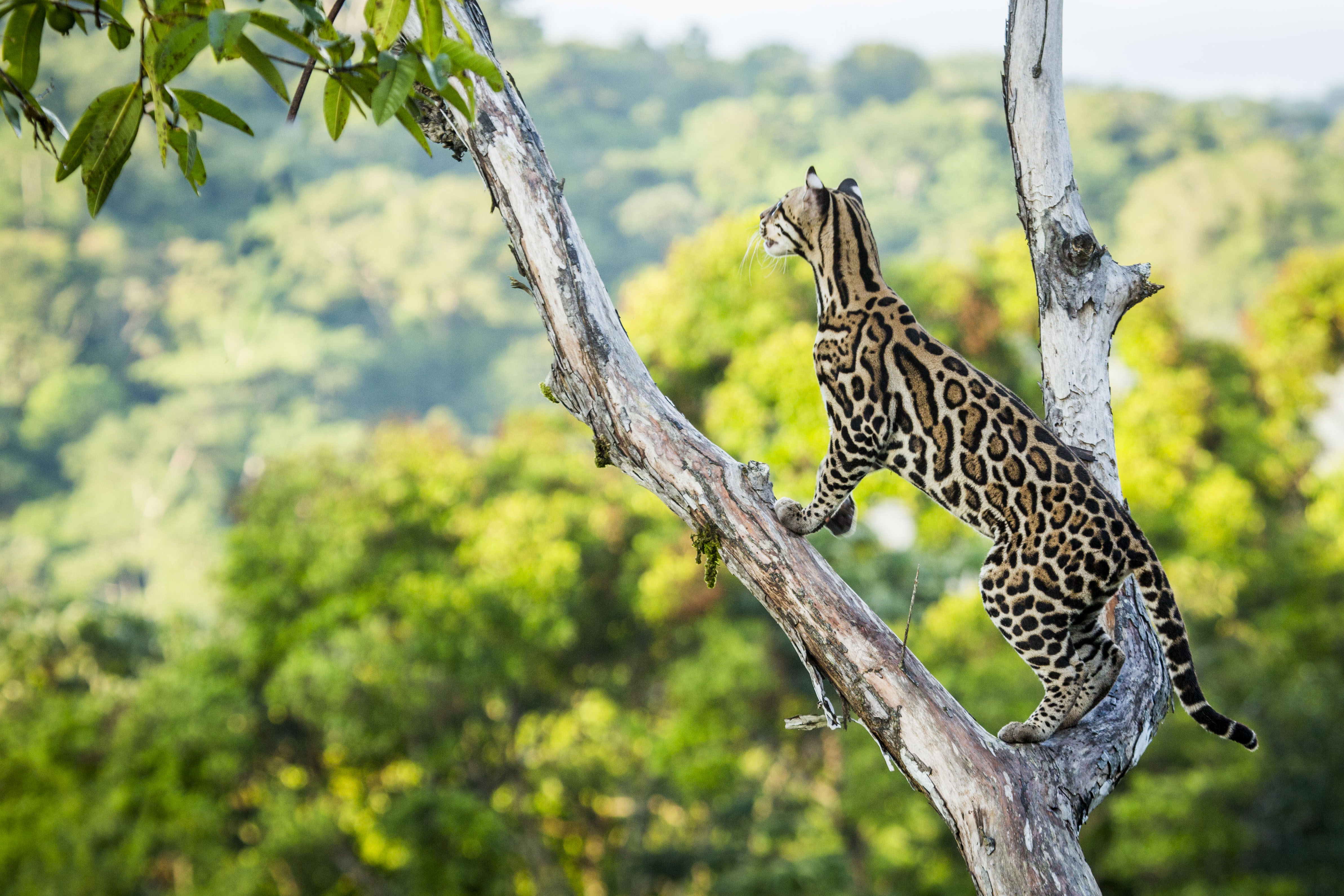
Ocelots (Leopardus pardalis) are small and superbly camouflaged cats that thrive in the forests of Central America. Lightweight and agile, they can climb high up into the trees.
Get the world’s most fascinating discoveries delivered straight to your inbox.
Serval
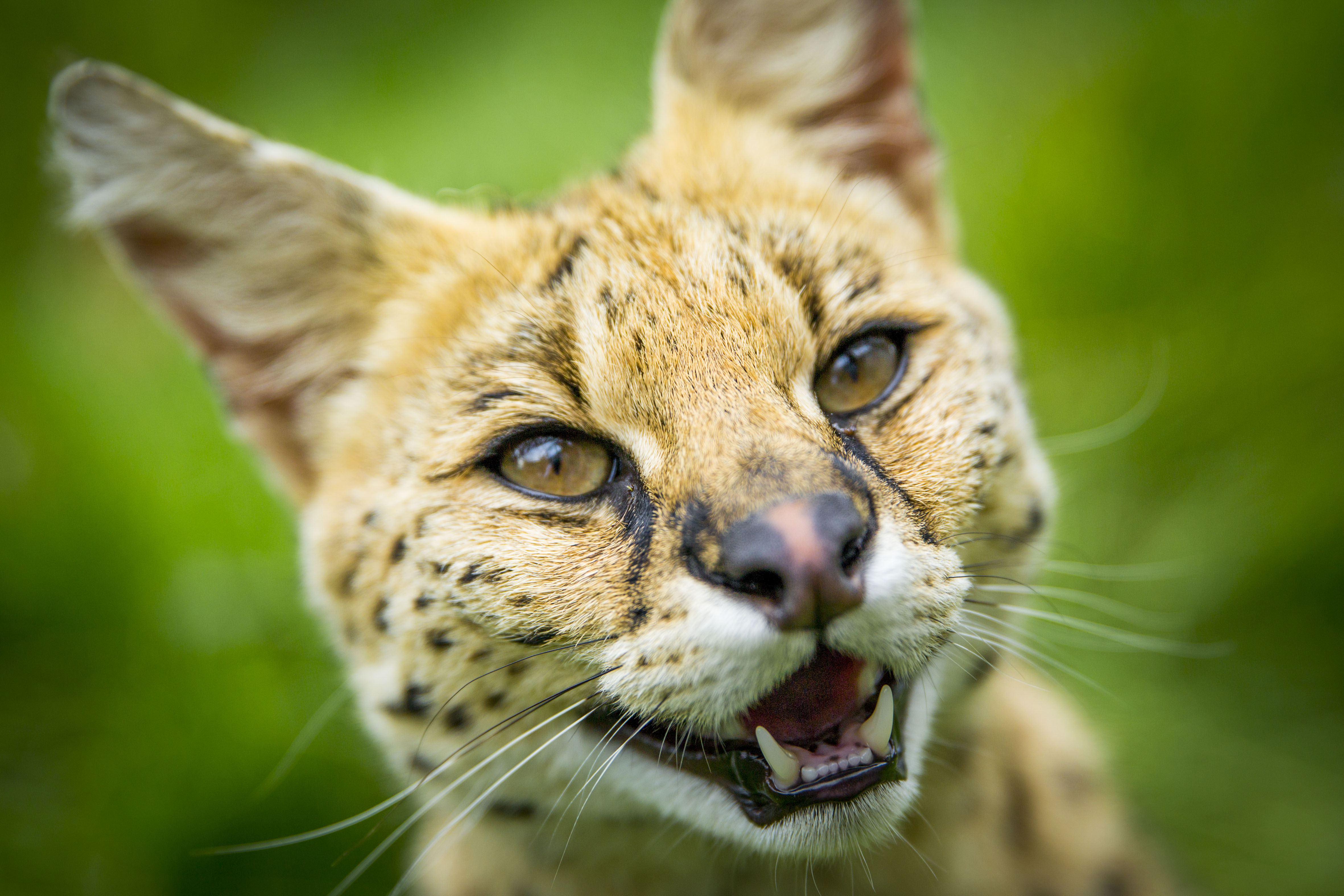
A serval (Leptailurus serval), South Africa. Proportionally, servals have the longest ears and legs of any cat, and are adapted to detect and leap for prey amongst tall savanna grass. The world's densest population of these small cats have made their home in a secure wasteland that surrounds Africa's biggest industrial complex.
Black-footed cat
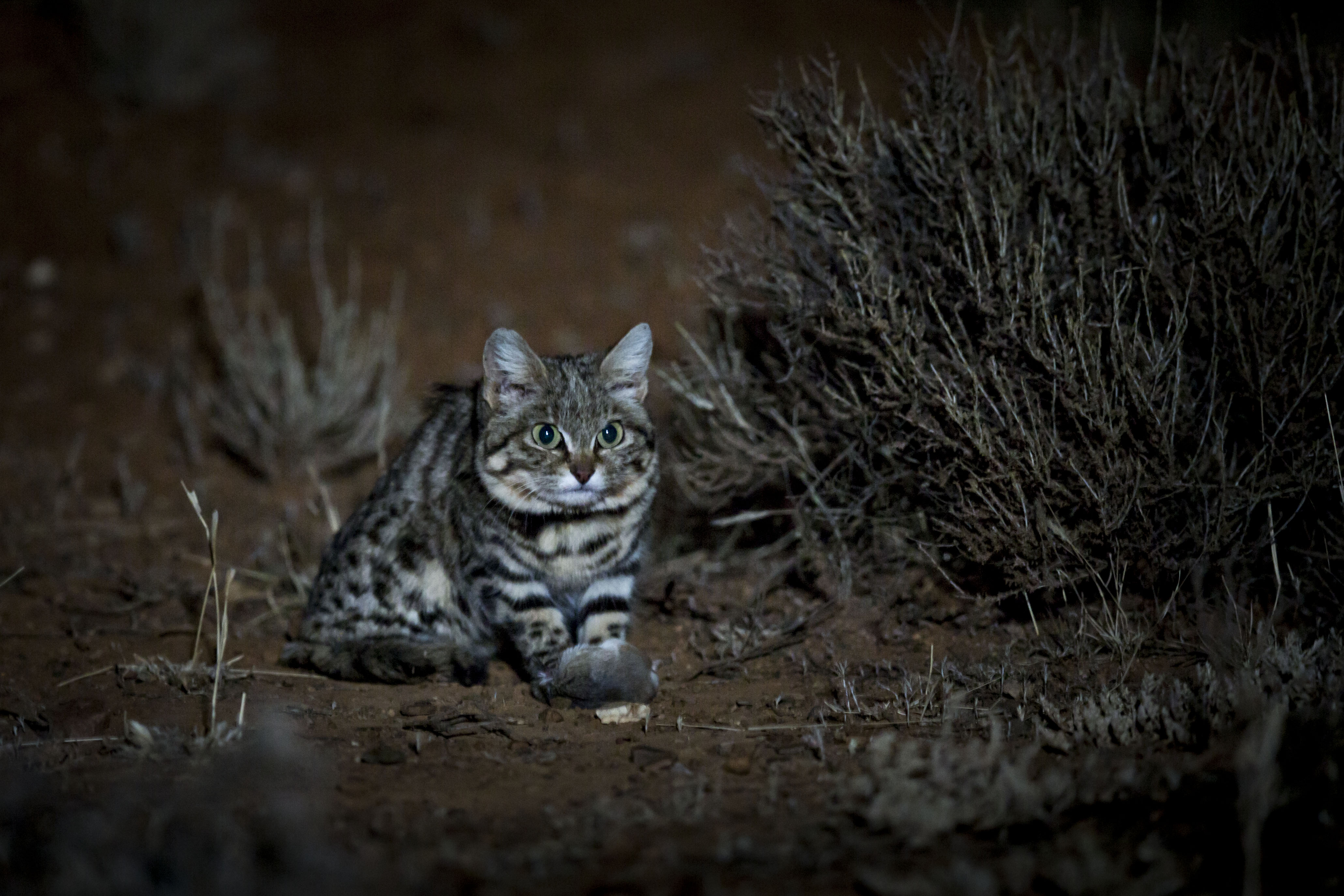
Black-footed cats (Felis nigripes) hunt amongst the short desert scrub in the Karoo of South Africa. They are Africa's smallest cat, and the deadliest of the entire cat family — with a 60 percent hunting success rate. Anything that moves is a potential meal, from locusts to birds to gerbils.
Read more about these adorable, remorseless killing machines.
Fishing cat

A fishing cat (Prionailurus viverrinus) and kitten, hunt for fish in Bangladesh. They are suited to a life in the monsoon wetlands. Beneath a long outer coat they have a short layer of insulating fur that acts like a wetsuit — and they have partially webbed feet.
Jaguar
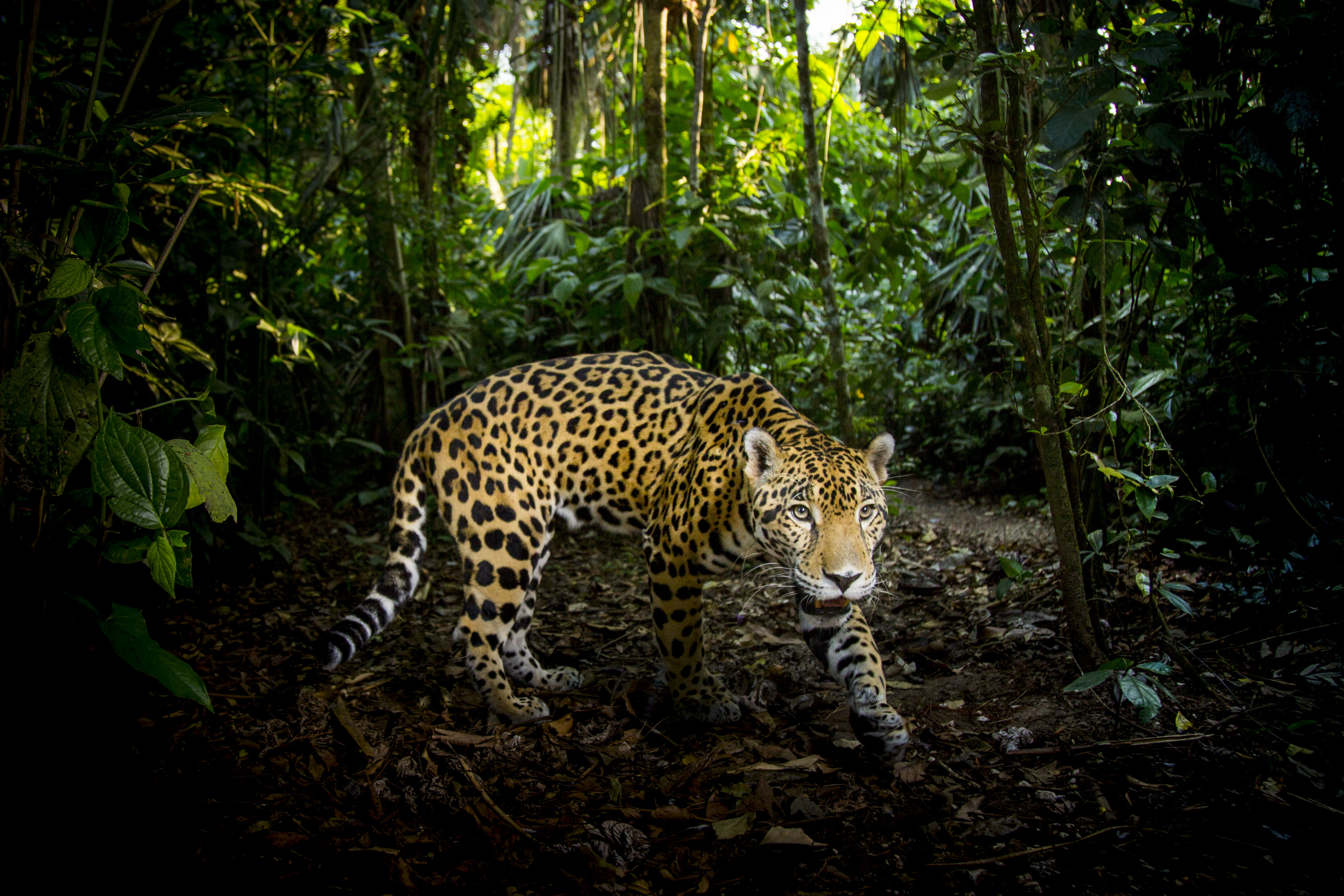
A jaguar (Panthera onca), Central America. Jaguars are the biggest cat in the Americas. For their size, they have the strongest bite of any cat. On the coast of Costa Rica, they leave the jungle to hunt turtles on the beach.

Mindy Weisberger is a science journalist and author of "Rise of the Zombie Bugs: The Surprising Science of Parasitic Mind-Control" (Hopkins Press). She formerly edited for Scholastic and was a channel editor and senior writer for Live Science. She has reported on general science, covering climate change, paleontology, biology and space. Mindy studied film at Columbia University; prior to LS, she produced, wrote and directed media for the American Museum of Natural History in NYC. Her videos about dinosaurs, astrophysics, biodiversity and evolution appear in museums and science centers worldwide, earning awards such as the CINE Golden Eagle and the Communicator Award of Excellence. Her writing has also appeared in Scientific American, The Washington Post, How It Works Magazine and CNN.


